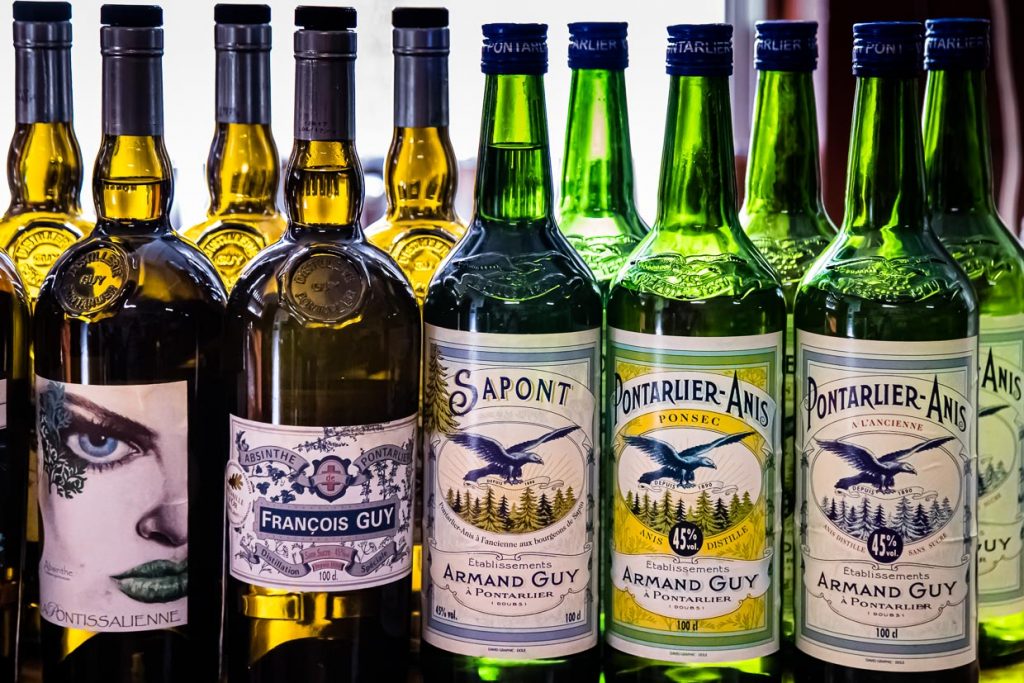Absinthe, this name carries the taste of the forbidden. Somehow everyone has heard of it. Details are often unknown. Yet it’s worth taking a look at the eventful history of this drink, which translated into German simply means wormwood and conjures up associations with an herbal bitters from grandpa’s cellar bar. But with absinthe, things are different. Absinthe is surrounded by great names of the Belle Epoche. Pablo Picasso, Vincent van Gogh or Ernest Hemingway were very fond of it. Absinthe is legendary, was banned for a long time and has been rediscovered by the bar scene in recent years.
The green drink with the slowly dripping cold spring and the decorated sugar spoon became an epoch-typical prop in motion pictures like Bram Stroker’s Dracula. In addition, a 96-year ban in France, the country where absinthe celebrated its greatest sales successes. A journey along the route of absinthe in the French Franche-Comté and a visit to the absinthe museum in the Val de Travers shed light on the world of the mystical blue hour.
The end of the green fairy and the bitter truth.
Crude conspiracy theories, which have since been scientifically disproved, up to a family tragedy from 1905, which was exploited by the media, have dealt absinthe its death blow. Its prohibition came into force in Switzerland in 1910 and in France in 1915.
To the full report Absinthe – forbidden and rediscovered
Other aspects: On the road on the Route de l’Absinthe / Remedies of antiquity / Belle Epoche and Green Hour / Production in times of prohibition / Victims of their own success / Absinthe in cocktails and dishes.

Material
Our works are inspired by human encounters and always culinary discoveries. What format do you need? A newsworthy report, an entertaining reportage, a short travel tip or a picture gallery? At the international photo agency Alamy you can view all photos of Georg Berg on the subject of absinthe. Clicking on one of the images below will take you directly to the agency image.
The research trip was partly supported by the French Tourist Board










